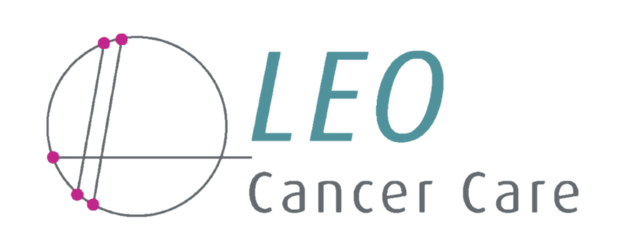Top Researchers Are Taking the Chair to Improve the Breast Radiotherapy Experience
Finding ways to improve treatment accuracy for people requiring radiotherapy following a diagnosis of breast cancer, and making the experience more comfortable and dignified for patients are key priorities for us at Leo Cancer Care, and reasons for developing our upright solution.
Breast cancer remains the most common cancer in women with one case diagnosed every 10 minutes in the UK, equivalent to about 55,000 women annually. In the US the figure is around 264,000 new cases a year and globally there are some 2.3 million people diagnosed annually
However, we know that patients receiving breast radiotherapy often feel vulnerable and exposed in the conventional pathway, which mostly means women are naked from the waist up, supine (lying on their back) or prone (on their front), while they are moved into position each day by the radiographer.
While it is necessary and often life-saving treatment for the patient to undergo, it can be an uncomfortable experience, both physically and emotionally. Understanding the needs of patients, and hearing their views, is a prerequisite to our goals.
Partnering with leading authorities on patient experience
At Leo Cancer Care, we believe we can make a difference and to this end have been combining our extensive expertise with that of leading scientists and engineers to carry out vital research.
Tracy Underwood, our Senior Physicist, secured a five-year Future Leaders Fellowship from UK Research and Innovation, the national funding agency investing in science and research in the UK. As part of this, she is working alongside Professor Heidi Probst. Based at Sheffield Hallam University, Prof Probst is a globally-recognised, leading academic in considering the patient experience within radiotherapy.
Professor Probst and her research team designed a bra that could help to make radiotherapy a more dignified and better targeted treatment to the breast. The team is now working with us to test the specialized bra further with our upright patient positioning system to consider whether it can have a role in improving upright radiotherapy for patients with breast cancer.
Tracy said: “Heidi worked with patient advocates to find out why they feel so exposed - part of that is because they have to lie naked from the waist up at a time when they are adjusting to a new and different self, with an altered body image. That’s what led her to develop the radiotherapy bra which we used in our initial study, with promising results.”
Research Addresses Various Issues
The Leo Cancer Care, Upright Patient Positioning demo system at ASTRO 2022, showcasing the latest arm rests able to position arms out in front of the patient at any height.
There are several other strands to the ongoing research, one of which is also looking at arm positioning. Many patients begin radiotherapy soon after having cancer surgery. Asking them to extend their arms up to make way for the radiotherapy beams can be at least, uncomfortable and at worst, excruciatingly painful.
Avoiding skin folds during treatment is another important issue the research is addressing. This is where the breast tissue touches the rest of the chest, potentially leading to an increased skin reaction.
“The bra is designed to manage skin reactions,” said Tracy. “The aim of our initial study was to see to what extent specialized bras would lift the breast up off the stomach for upright patient positioning. They worked really well.”
Together with Sophie Boisbouvier (a research radiographer at Centre Léon Bérard) Tracy is currently producing a report on initial pilot studies which look at body positioning for upright breast radiotherapy.
Positioning and Stability are Crucial Factors
Immobilisation research is also ongoing as to how patients using an upright treatment system can be sufficiently stabilised in the upper body and made more comfortable. New armrest prototypes are being developed to provide increased support for raising arms to take away the strain for patients following surgery.
Another aspect is the protons versus photons treatment. For protons it’s quite easy to get good beam access to the breast, either upright or supine because the beams are directed from the front of the body. With photons, wider beam angles are used to deliver dose from either side of the breast. However, in the upright position the other breast starts to get in the way more than it does when the patient is supine where the two breasts naturally move apart. Some of the ongoing research is considering how the untreated breast might be positioned for photon radiotherapy, to ensure it is avoided.
Finally, the position of the heart relative to the breast is likely to change with both body and arm positioning but as yet the researchers aren’t sure how it will do so. Cardiac toxicity is a very rare but serious side effect of radiotherapy for breast cancer so the researchers will be teaming up with MRI scientists to acquire upright and supine MRI scans.
We are dedicated to finding a better way, a more comfortable and empowered treatment experience for those treated. Our relationship with clinicians and patients will guide us on this journey and we are extremely grateful for their support.
Please Note: The Leo Cancer Care technology is not commercially available and will not treat patients until the required regulatory approvals have been achieved.

